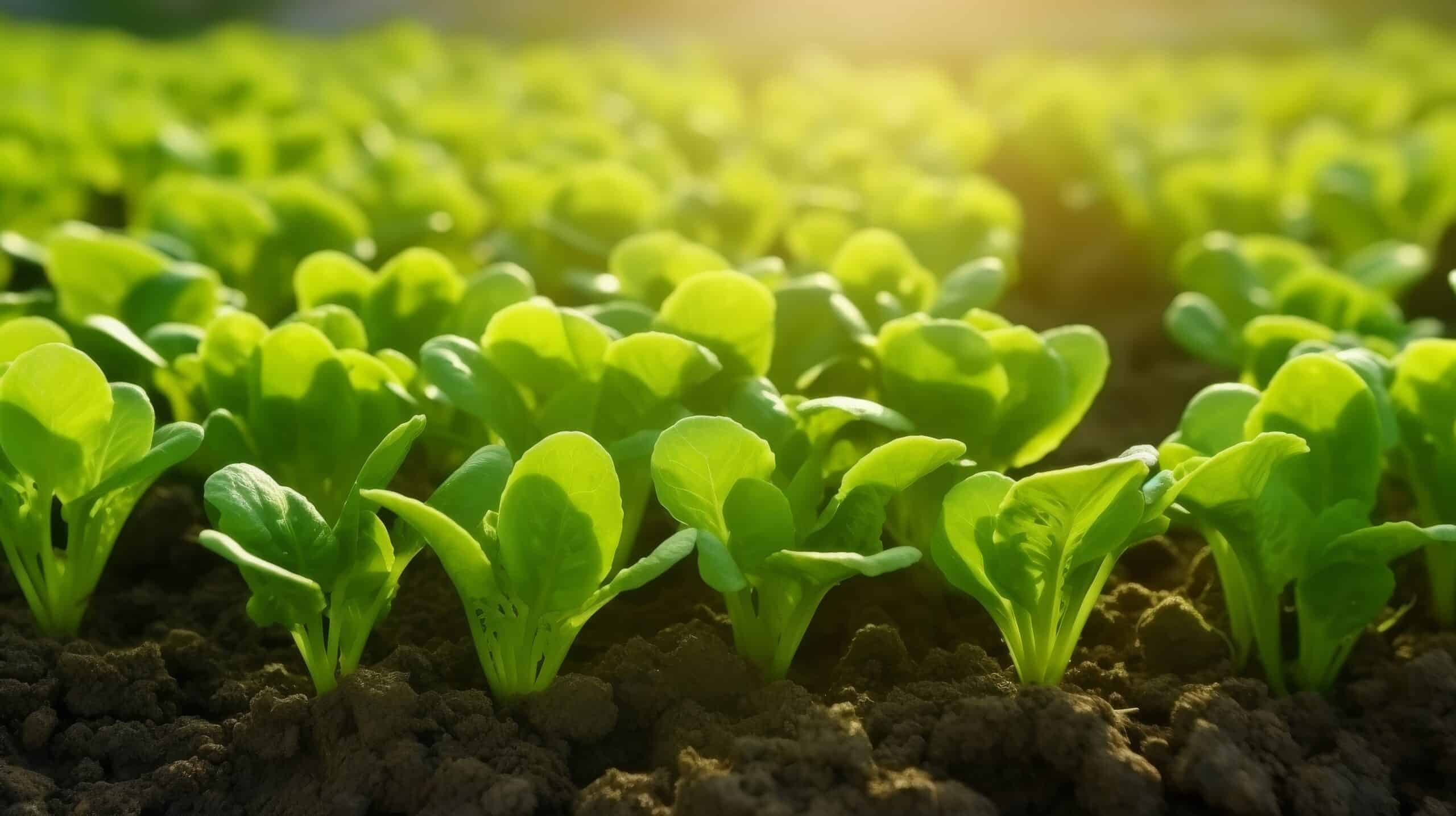What is the Fastest Growing Vegetable?
Key Takeaways
- Radishes are widely recognized as the fastest growing vegetable, with some varieties ready for harvest in as little as 22 to 50 days.
- Other fast-growing vegetables include arugula, spinach, cucumbers, and lettuce.
- Microgreens have the fastest growth cycle, with a harvest time of just 14 to 21 days.
When it comes to growing vegetables, many gardeners are eager to see results as quickly as possible. Whether you have limited space, want to enjoy the fruits of your labor sooner, or simply have a knack for instant gratification, knowing which vegetables have the fastest growth rate can be helpful. So, what is the fastest growing vegetable? Let’s explore the options.
Radishes: The Speed Demons of the Vegetable World
According to multiple sources, including The Spruce and Morning Chores, radishes are widely recognized as the fastest growing vegetable. These crisp, peppery root vegetables can be ready for harvest in as little as 22 to 50 days, depending on the variety.
Radishes come in various types and colors, such as the classic red ‘Cherry Belle’, the white ‘Burpee White’, or the elongated ‘Comet’. Their rapid growth makes them an ideal choice for impatient gardeners or those who want a quick harvest to add to salads, sandwiches, or even pickling.
Other Fast-Growing Vegetables
While radishes take the crown for the fastest growing vegetable, there are several other vegetables that also grow relatively quickly. Morning Chores provides an extensive list of fast-growing vegetables, including:
- Arugula
- Spinach
- Baby Carrots
- Cucumbers
- Beets
- Bush Beans
- Bok Choy
- Lettuce
- Summer Squash (Zucchini)
- Okra
- Kale/Greens
- Snow Peas
- Broccoli
- Green Onions
- Turnips
These vegetables offer a range of flavors and can be a great addition to any garden, especially for those looking for relatively quick results.
Quick-Maturing Vegetable Varieties
If you’re interested in specific varieties of vegetables that mature quickly, Harvest to Table has a comprehensive list of quick-maturing vegetable varieties. Here are some examples:
- Snap beans: ‘Blue Lake 274’, ‘Contender’, ‘Derby’, ‘Provider’, ‘Tendercrop’, ‘Tendergreen’, ‘Topcrop’
- Beets: ‘Detroit Dark Red’, ‘Early Wonder’, ‘Lutz Green Leaf’, ‘Ruby Queen’, ‘Sweetheart’
- Broccoli: ‘Cruiser’, ‘Green Comet’, ‘Green Goliath’, ‘Premium Crop’, ‘Packman’
- Cabbage: ‘Charmant’, ‘Earliana’, ‘Early Jersey Wakefield’, ‘Golden Acre’, ‘Ruby Ball’
- Carrots: ‘Baby Finger’, ‘Danvers’, ‘Imperator’, ‘Lady Finger’, ‘Scarlet Nantes’, ‘Tendersweet’
- Cucumbers: ‘Bush Crop’, ‘Fanfare’, ‘Salad Bush’, ‘Spacemaster’, ‘Straight Eight’, ‘Sweet Slice’
- Peas: ‘Early Snap’, ‘Green Arrow’, ‘Knight’, ‘Little Marvel’, ‘Sugar Ann’, ‘Sugar Snap’, ‘Dwarf Grey Sugar’
- Spinach: ‘America’, ‘Bloomsdale Long-Standing’, ‘Winter Bloomsdale’
- Tomatoes: ‘Early Girl’, ‘Stupice’, ‘Green Grape’, ‘Super Sweet 100’, ‘Yellow Pear’
These varieties have been specifically selected for their shorter time to maturity, allowing you to enjoy your homegrown produce sooner.
Microgreens: The Fastest Harvest of All
While not technically a vegetable, microgreens deserve a mention for their incredibly quick growth. Homes & Gardens highlights that microgreens can be harvested in just 14 to 21 days. Microgreens are the young, tender shoots of various vegetables and herbs, packed with flavor and nutrients. They are usually grown indoors and are popular for their versatility in adding a burst of freshness to salads, sandwiches, and other dishes.
Conclusion
In conclusion, radishes are widely regarded as the fastest growing vegetable, with some varieties ready for harvest in as little as 22 to 50 days. However, other vegetables such as arugula, spinach, cucumbers, and lettuce also have relatively quick growth rates. Additionally, specific varieties of vegetables, like snap beans, beets, broccoli, and tomatoes, have been bred to mature more rapidly.
If you’re looking for the absolute fastest harvest, microgreens take the prize with their incredibly short growth cycle of just 14 to 21 days.
Now that you know which vegetables have the fastest growth rates, you can plan your garden accordingly and start enjoying homegrown produce in no time!
Related Websites:
FAQs:
Q: Why is it important to understand the growth rates of vegetables?
Understanding the growth rates of vegetables enables gardeners to plan their gardening activities effectively, such as planting, harvesting, and crop rotation. It also helps in optimizing resources like space, water, and fertilizers, resulting in healthier and more productive plants.
Q: Which vegetable has the fastest growth rate?
While there is no definitive answer, some vegetables are known for their relatively fast growth rates. Leafy greens like lettuce, spinach, and kale, as well as radishes, zucchini, green beans, and cucumbers, are generally considered to have fast growth rates.
Q: What factors influence the growth rate of vegetables?
Several factors affect the growth rate of vegetables. These include climate and environmental conditions, soil quality and fertility, water availability and irrigation techniques, planting methods and spacing, as well as nutrient availability and fertilization.
Q: Can you provide examples of vegetables with variable growth rates?
Vegetables such as tomatoes, carrots, and peppers have variable growth rates depending on various factors. For tomatoes, the growth rate is influenced by the variety, weather conditions, and care. Carrots’ growth rate is impacted by soil quality and temperature, while peppers’ growth rate is affected by temperature and sunlight.
Q: How can understanding growth rates benefit gardeners?
Understanding growth rates allows gardeners to choose the right vegetables for their specific conditions, optimize resource allocation, and plan their gardening activities effectively. It helps in achieving higher yields, healthier plants, and more successful gardening endeavors overall.






